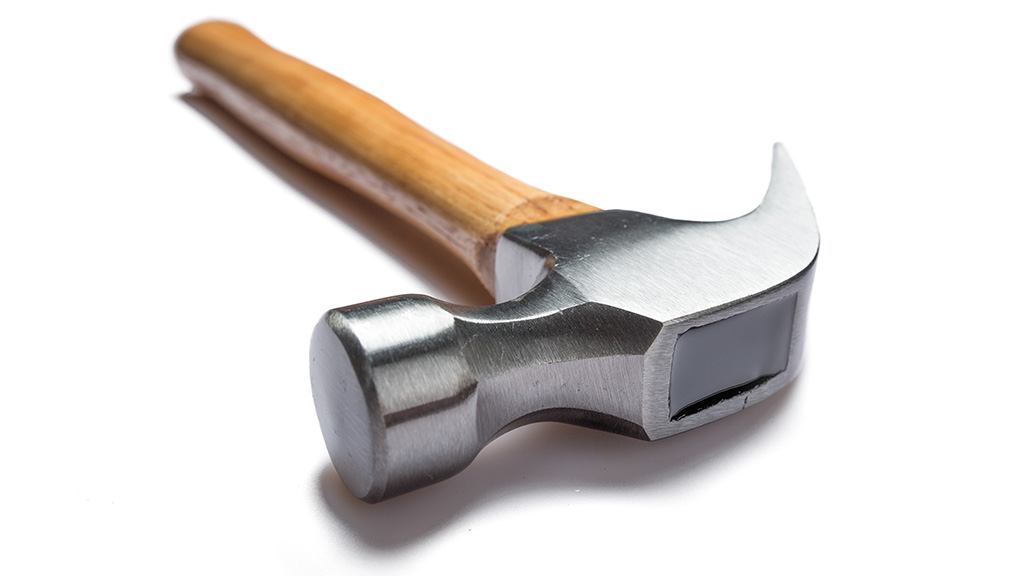Abstract
Jane, a freshman in college, is chatting with her neighbor, a retired physics college professor, when she suddenly sees a flying hammer thrown by her grandfather. Jane is puzzled by her observation that as the hammer rotates in the air, there appears to be a point located in the head that does not rotate. Guided by her neighbor, Jane first analyzes the physical system and comes up with a simplified model to simulate its behavior. She then applies physical laws to the model and reaches the important conclusion that the model system rotates about a point that coincides with the center of mass. She then applies this conclusion to determine the location of the center of rotation of the real system (the hammer), and thus explains her experimental observation. The case is appropriate for an undergraduate physics of mechanics course and is ideally used right after teaching the topic of rotational kinematics of rigid objects. The case was developed for students who are required to take algebra-based physics; however, it easily can be adapted for an arithmetic-based or calculus-based physics class.



